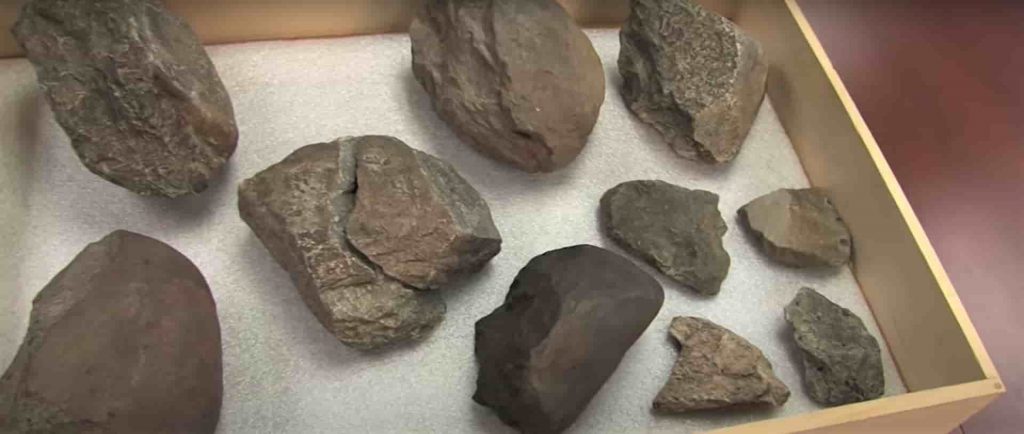When this is the biggest Volcanic eruption earth? Well, the largest Volcanic eruption was the Toba Volcano that erupted in India around 75000 years ago, a SuperVolcano on the Indonesian island of Sumatra roared to life. Known as the Toba eruption, the event was the largest Volcanic blast in the last two million years, scattering ash thousands of miles and leaving behind a 60-mile-wide crater that has since filled with the water. The eruption would be massive that it threw nearly 1,000 times as much rock as the eruption of Mt St Helens in 1980. The fall-out was so dangerous, it will be led to a decade long Volcanic winter due to the amount of ash in the sky and caused a millennial long glacial period.
The Plume of the eruption punched 30 Kilometres or more into the sky, eventually blanketing much of India and parts of Africa in a layer of ash. Then Some Scientists argue the eruption plunged Earth into a six-year Volcanic winter followed by a thousand years cooling of the planet’s surface.
When in recently an ancient stone tool industry, discovered in northern India at a place called Dhaba, Propose that humans lived in the Middle Son Valley for almost 80,000 years, which will be the point to their existence both before and after the catastrophe.
When the scientists agree that there was indeed a drop in the genetic diversity, their theory is based on the founder’s effect, which will be presumed that he lost in diversity was a result of humans spreading across Eurasia and branching across Eurasia and branching off into smaller and smaller groups, which would cause genetic diversity may dwindle. That a large part of the tool found in Dhaba resembles the African and Arabian methods from the stone age, Some of the too’s were also found to be similar to early humans Australia.

That it is still unclear how intense the fallout from the Toba eruption really was, and how it will be affected, humans. The debate has been running for decades, drawing on evidence from climate science, geology, archaeology, and genetics. We will all found the new evidence that humans in India survived the Toba eruption and continued to flourish after it. The University of Wollongong, And the Max Planck Institue for the Science of Human History.
